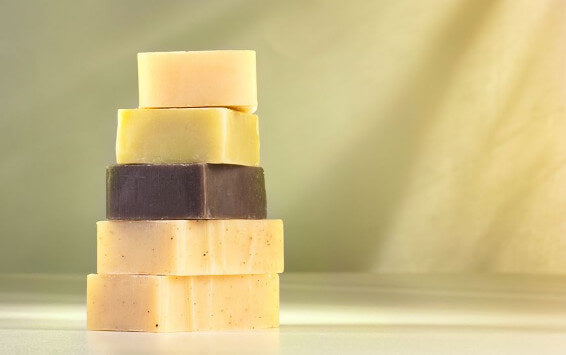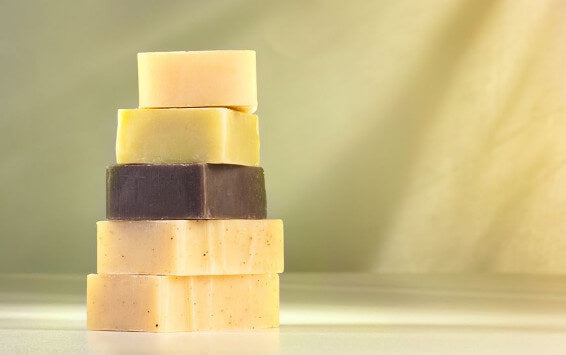
Add DE and Essential Oils to Your Soap Recipes

Diatomaceous earth is an ideal additive for all of your homemade soaps. Not only is it an excellent natural exfoliant, but it's also highly absorbent. This makes it capable of carrying the essential oils you use in soap making, which means that not only will your soap exfoliate, but it will also smell great!
In this article, we want to show you how to infuse your DE with essential oils so you can add this amazing exfoliant to your soap, but first, a word about making soap: If you've never made soap before, it can be quite the challenge, but don't worry! There are many websites, like Wellness Mama, that do a great job of walking you through the process. If you are a veteran soap maker, on the other hand, this is the perfect opportunity to try adding scented DE to your recipe.
Okay, now it's time to learn how to infuse DE with essential oils:
What You Need
These ingredients:
- Food grade diatomaceous earth
- Essential oils
- Water
And this equipment:
- A bowl
- Measuring spoons
- A mixing spoon
Step 1:
Thoroughly mix water and essential oils. The proportion for this recipe is quite simple: 2 parts DE for 1 part water. For every ¼ cup of DE, add 10 drops of essential oils (you can adjust this number to your liking).
Step 2:
Gradually add your water and essential oil mixture into the DE, stirring constantly.
Step 3:
Once the ingredients are well mixed, store your mixture in a warm, dry place until the water has evaporated completely; this may take a couple of days.
Step 4:
Once you have allowed the DE to dry out, you will notice that it carries a strong scent from the essential oil. If you are using a recipe that calls for exfoliators like charcoal, bentonite clay, or oatmeal, substitute them with your scented DE using the same proportions.
Add your scented DE to your soap mixture when you would normally add your scent oils, once your soap has reached trace but before you pour it into the mold.
